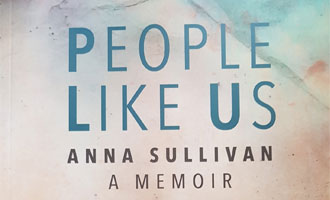The Impact of the Duty to Promote Disability Equality in Schools in England: A Report for the Department for Children, Schools and Families (DCSF) 2008
Duty to Promote Disability Equality part 1Duty to Promote Disability Equality part 2
In 2008 Richard Rieser working with a group of young disabled people was awarded a tender by DCSF in July 2008 to carry out a number of tasks, this is the report on four of these:
To fulfil the research function by organising and delivering workshops for children and young people in July 2008. The purpose of these events would be to identify the positive differences that the disability equality duty has made, and barriers and gaps that remain to be overcome, plus ideas on how gaps might be filled and barriers reduced. The events will also refresh our understanding of the priorities for change of disabled children and young people.
Techniques to be developed to be inclusive of all access needs and ensure that non-verbal children participate fully.
The findings of these workshops to be collated and presented in a report identifying key priorities and evidence of success and barriers to be included in the Secretary of State’s Report
Desk research to identify strong examples of Disability/Single Equality Schemes from schools and guidance/schemes from local authorities.
Category: Projects – UK


